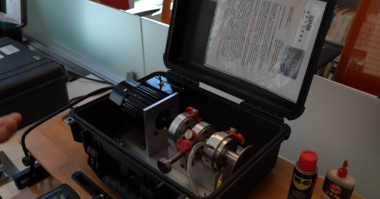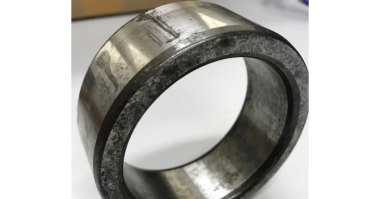For a while, Tor Idhammar, President & CEO, IDCON Inc. Reliability and Maintenance Consultant thought that the whole “wrench time” concept was dead. But, he was wrong.
Over the past year, Tor worked with two organizations that had to perform a wrench time study. And more than ever, the concept is featured in articles and at conferences. His guess is that consultants and educators are keeping the concept alive.
For you out there in the plants, Tor wants your opinion (see the bottom of this article to reply).
What is wrench time?
Wrench time has its roots from around 1910 when a concept called time-and-motion study was designed for production assembly workers.
The idea with wrench time studies for hourly maintenance workers is to measure what percent of that worker’s time is spent on actual work.
Basically, someone measures how much time is spent using tools. Travel time, job planning, getting parts, thinking time and other non-wrench time activities do not count as working time.
The wrench time study will typically show that your craftspeople spend 25 to 35 percent of their time working.
Why are wrench time studies a poor business practice?
1) It upsets people.
You are telling your hourly people that they don’t work hard enough. You may say that the intention is to find deficiencies in planning, storeroom structure and other procedures.
Good luck explaining that.
Tor can guarantee that you will upset people. After the study is complete, people will carry a wrench when they go to the bathroom and to the break room and hold it to nearest bolt so that the follow-up study shows 50 percent working time, a great improvement!
2) If you are doing the study to reveal deficiencies in management systems such as planning, scheduling and materials management, why not study that right away?
Why not look at your management practices first instead of upsetting the workforce with a wrench time number you already know to be poor?
3) When you do a wrench time study, you will mostly upset the good performers since you are using an average number.
Anyone who has worked as a supervisor knows that you have slackers, an average group and good performers in your hourly workforce.
Wrench time studies will give you an average of their time performance, which will make the slackers look good and the good performers look bad. A leader needs to encourage the good performers.
4) Wrench time is designed for old-fashioned organizations.
If your plant is a good performer in maintenance, you will use hourly people for part of your job planning tasks.
They will spend time doing partial planning when they find a problem in the field. They will also spend time on the CMMS system to enter correct work requests with partial planning and suggestions included.
You also will use your craftspeople 20 to 30 percent of the time for pure thinking, often in root cause problem elimination and redesigns of equipment. You will use your craftspeople to discuss maintainability issues when purchasing new equipment.
A wrench time study will give a zero for standing by the machines discussing problems and solutions, a zero for walking from the job to a meeting, and possibly a zero for attending a meeting.
5) Wrench time studies measure the wrong thing.
What does a maintenance department deliver? What is its product?
Many may be stuck in thinking that the product is service — selling time and material — hence, the measurement of wrench time. I completely disagree!
The product of a maintenance department is equipment reliability. If that is true, is it necessarily good to have a lot of wrench time?
Yes, in some cases, but not always. Make sure you encourage creativity, thinking time, planning time and problem-solving skills.
You want high wrench time numbers when you have a planned stop, a shutdown. If you have to measure wrench time, measure it during those events.
6) Wrench time doesn’t take into account how long a job takes.
If hourly people work slow and a job takes much longer than needed, the wrench time number actually goes up. People must be busy with the right things, not just busy.
Tor knows he comes out strong against wrench time studies, but he thinks he have supporters out there on the front line.
Should we kill the wrench time concept, or am Tor off base? He has set up an e-mail address at wrenchtime@yahoo.com.
Send an e-mail. Tor won’t disclose your identity, company or other personal information, but need that information in order to separate valid comments from spam.





Comments